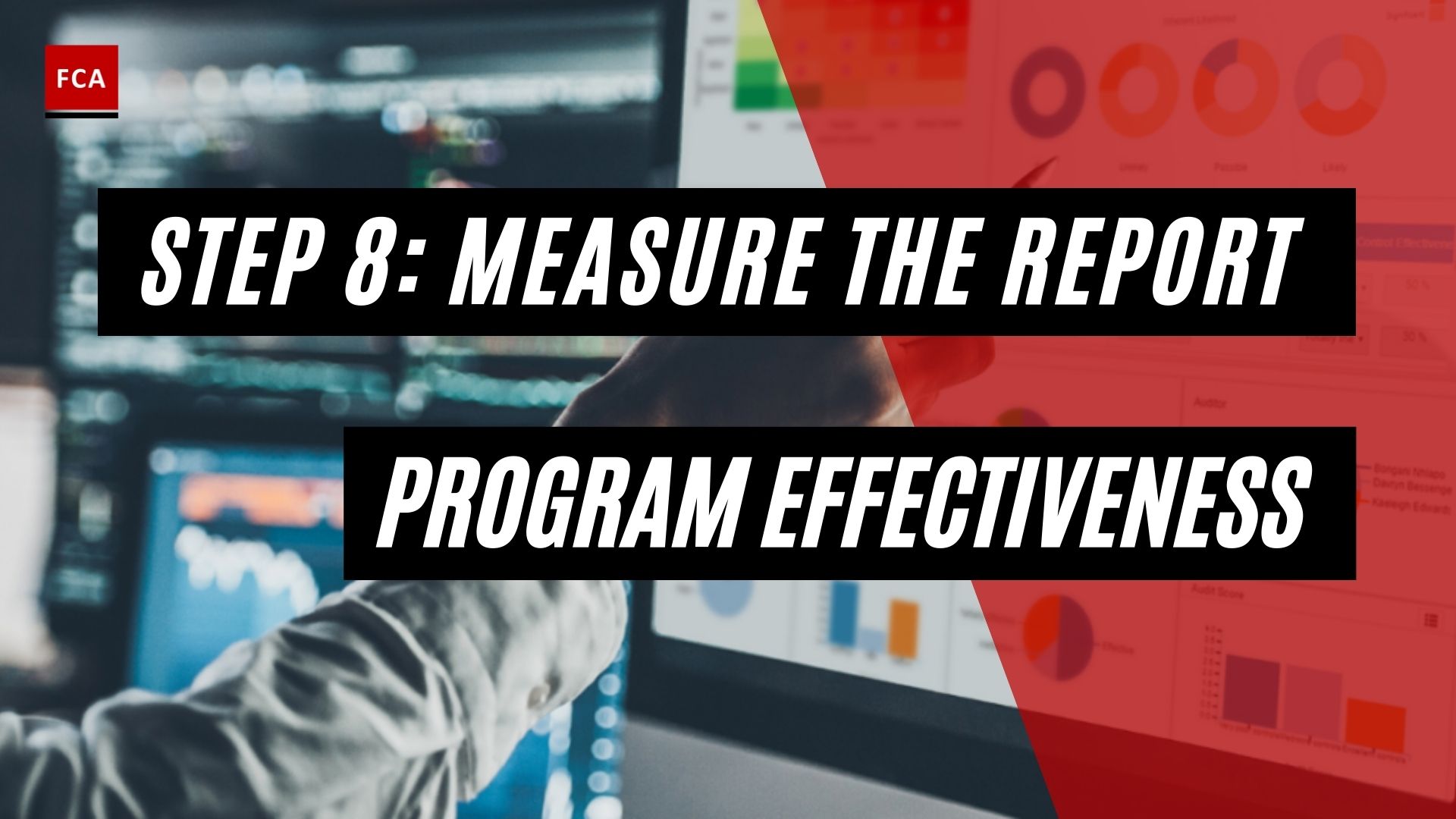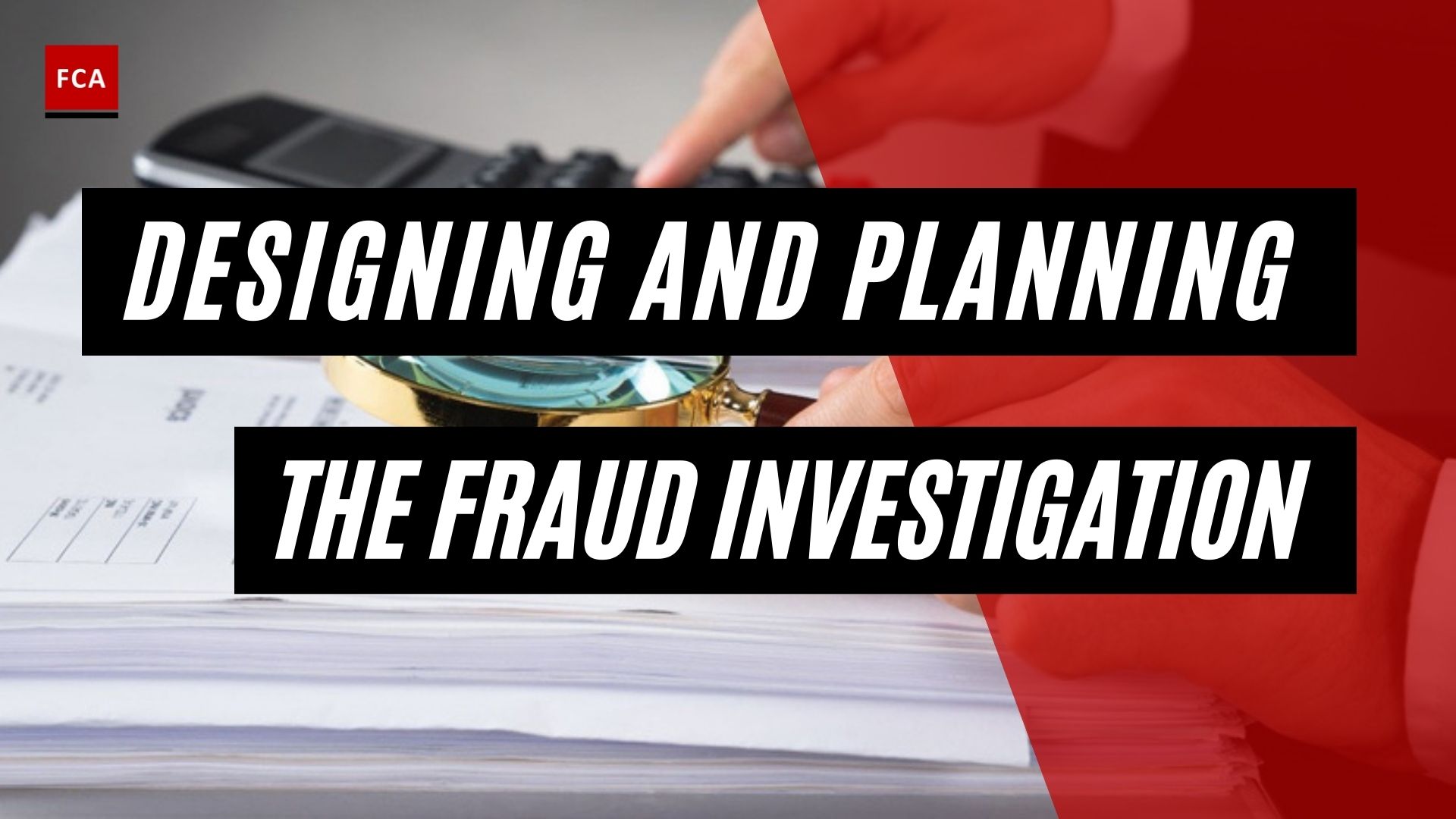Optimizing AML/CFT compliance is pivotal to safeguarding the integrity of financial institutions and to establishing trust in the global financial system, as it helps to proactively identify, prevent, and mitigate the risks of money laundering and terrorist financing.
The compliance function is responsible to develop compliance policies, procedures, and plans to ensure that all employees are given compliance direction and a road-map to operate within the continuously changing regulatory landscape. The compliance function is headed by the Chief Compliance Officer (CCO), who is supported by a compliance team to avoid the risk of money laundering, terrorist financing, and other related crimes.
Compliance work on the development, and implementation of the board-approved anti-money laundering (AML) Compliance program, to prevent the risks of money laundering and terrorist financing. The compliance function is also responsible to ensure that all new regulations or guidelines issued by regulatory authorities are identified, understood, and disseminated to relevant personnel for compliance. The compliance team, under the supervision of CCO, provides necessary advisory and training to the employees, to help them understand the relevant compliance requirements.

Optimizing AML/CFT Compliance Programs in Mitigating Financial Crime
All new or amended compliance requirements are embedded in the structured compliance program, which is reviewed by management, for onward compliance by all employees.
The broader components of the AML compliance program include:
- Strong compliance culture and tone from the top.
- The hiring of a dedicated Compliance Officer.
- Performance of risk assessment to identify different categories of financial crime risks with their relevant impacts on the entity’s system and reputation.
- Development of effective and relevant risk-based compliance policies, and processes.
- Education and training of employees regarding the identification, understanding, and prevention of financial crime risk.
A sound governance structure is the foundation of an effective AML/CFT program and will include the board of directors and senior management setting the tone at the top, hiring a qualified chief AML/CFT officer, and properly resourcing the three lines of defense. In an organization such as a bank or a financial institution, the Board of Directors is primarily responsible for setting a strong compliance culture and implementing the compliance program.
AML Governance
The “tone at the top” is a public commitment at the highest levels of the bank to comply with AML/CFT requirements as part of its core mission and recognition that this is critical to the overall risk management framework of the bank.
To ensure appropriate oversight of the compliance culture, the Board of Directors forms a Board level sub-committee, to periodically monitor the compliance practices and measures taken by the management.
The Board of Directors may delegate the responsibility to the Board Compliance Committee (BCC). The members of BCC periodically conduct compliance meetings, where significant compliance issues, breaches, and new regulatory requirements are reviewed and discussed.
The Board ensures that a strong compliance culture and control environment is maintained. The Board provides oversight and guidance to the Compliance Committee and Senior Management to implement the Compliance program and policies, approved by the Board.
The management forms the set of processes, reporting lines, systems, and structures that provide the basis for carrying out regulatory requirements across the organization. The control environment relates to the commitment of management and employees to integrity and ethical values.
Money Laundering and Terrorist Financing Risk Assessment
The ML/TF risk identification is a process that involves the review of historical financial transactions and other related information, to identify the financial crime risk indicators in a particular department or function of the entity. It involves the analysis of various conditions that highlight the breaches of internal controls and any possible management bias for the actual financial crime incident.
The identification process is also a forward-looking activity to assess the possibilities of the reoccurrence of financial crime incidents. To assess the reoccurrence of financial crime in the future in any particular department or function of the company, the investigators analyze the historical as well as current financial crime trends and incidents, to establish the inter-connections between them. This connection assessment helps in the prediction of possible future fraud incidents.

To detect incidents of money laundering or terrorist financing, all the processes and activities are studied to find the control’s weaknesses and possible avenues, which are exploited by the employees or other stakeholders. ML/TF risk detection is an ongoing process that is performed to assess the possibilities of the occurrence of fraud in any particular area of the department.
Through a whistle-blower program, the entity demonstrates its commitment to good corporate governance and the establishment of an anti-financial crime risk management culture that promotes a high degree of ethics and belief in its stated corporate values. The compliance framework and policies highlight the responsibility of the management and employees to report any identified financial crime risk or incident to the senior management of the company or the assigned financial crime management team.
ML/TF risk assessment is defined as the ‘process of understanding and analysis of financial crime risks that the organization is certainly exposed to’.
Policies and Procedures
AML/CFT compliance program of different interrelated components that together form the set of rules and principles for the board and management, to ensure that they form relevant policies and processes to prevent the occurrence of financial crime.
The obligation within to prevent financial crime management and all employees, the executive leadership, and the members of governance are required to develop and implement the relevant AML/CFT policies, procedures, and controls. The application of AML/CFT policies, procedures, and controls helps in the prevention of ML/TF risks and ensures that regulatory requirements are complied with by the employees.
AML/CFT policies, procedures, and controls are required to be appropriately defined by the Management and reviewed by the Board of Directors, considering the ML/TF risks to which the organization is exposed. The board defines the framework requires an understanding of the structure, complexity of products and services, customer jurisdictions, and other operational aspects. These are required to be understood because ML/TF risks also relate to these factors.
Training
The Compliance Officer of an organization is required to arrange periodic anti-financial crime, including AML/CFT, KYC, fraud prevention, anti-bribery, and corruption training sessions for the relevant employees.
Compliance training sessions need to be arranged by the Compliance Function, according to the nature size, and complexity of the organization. The operation of the AML/CFT and KYC processes and procedures in companies mainly depends on the degree of awareness, experience, and knowledge among employees. Adequate awareness, knowledge, and experience on the part of the Company’s employees concerning control of the risks of money laundering and terrorist financing are therefore important preconditions for an effective control framework.
The Compliance Officers provide training courses to all the relevant employees to enable them to perform full and proper customer due diligence, recognize unusual transactions, and ensure effective compliance with sanctions regulations.

Final Thoughts
AML/CFT compliance is not simply a regulatory obligation, but an essential component of responsible financial stewardship. As financial crimes continue to evolve, so must our methods of prevention and detection. By embedding a culture of compliance, from board-level oversight to employee training, organizations can effectively mitigate the risks of money laundering and terrorist financing.
The effectiveness of any AML/CFT program depends on the collective efforts of everyone within an organization, from the Chief Compliance Officer to the frontline staff. Therefore, it is crucial for organizations to be proactive in their approach, adapting policies and procedures in line with changing regulatory landscapes, and cultivating an environment where regulatory adherence is valued and understood by all.








